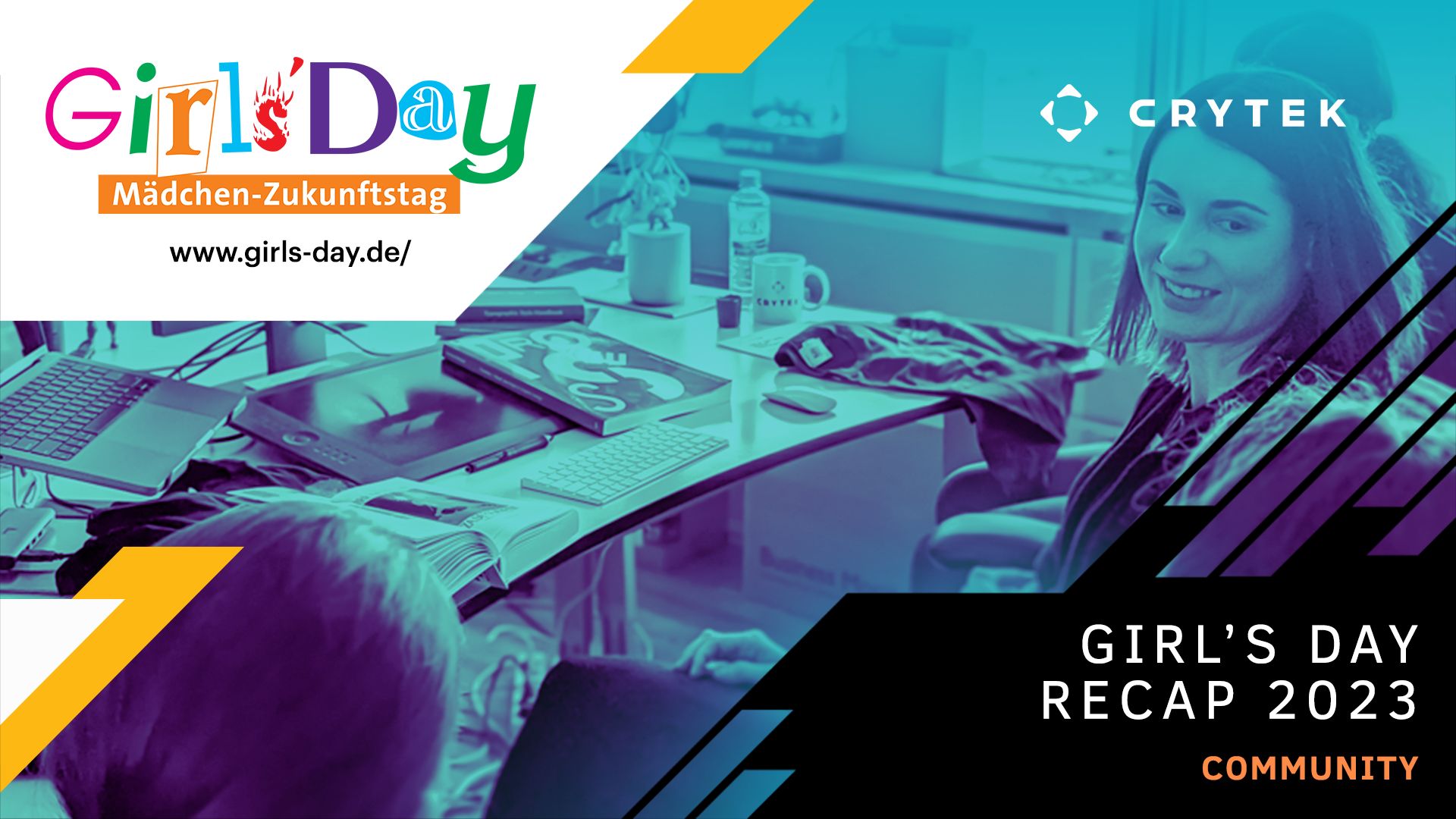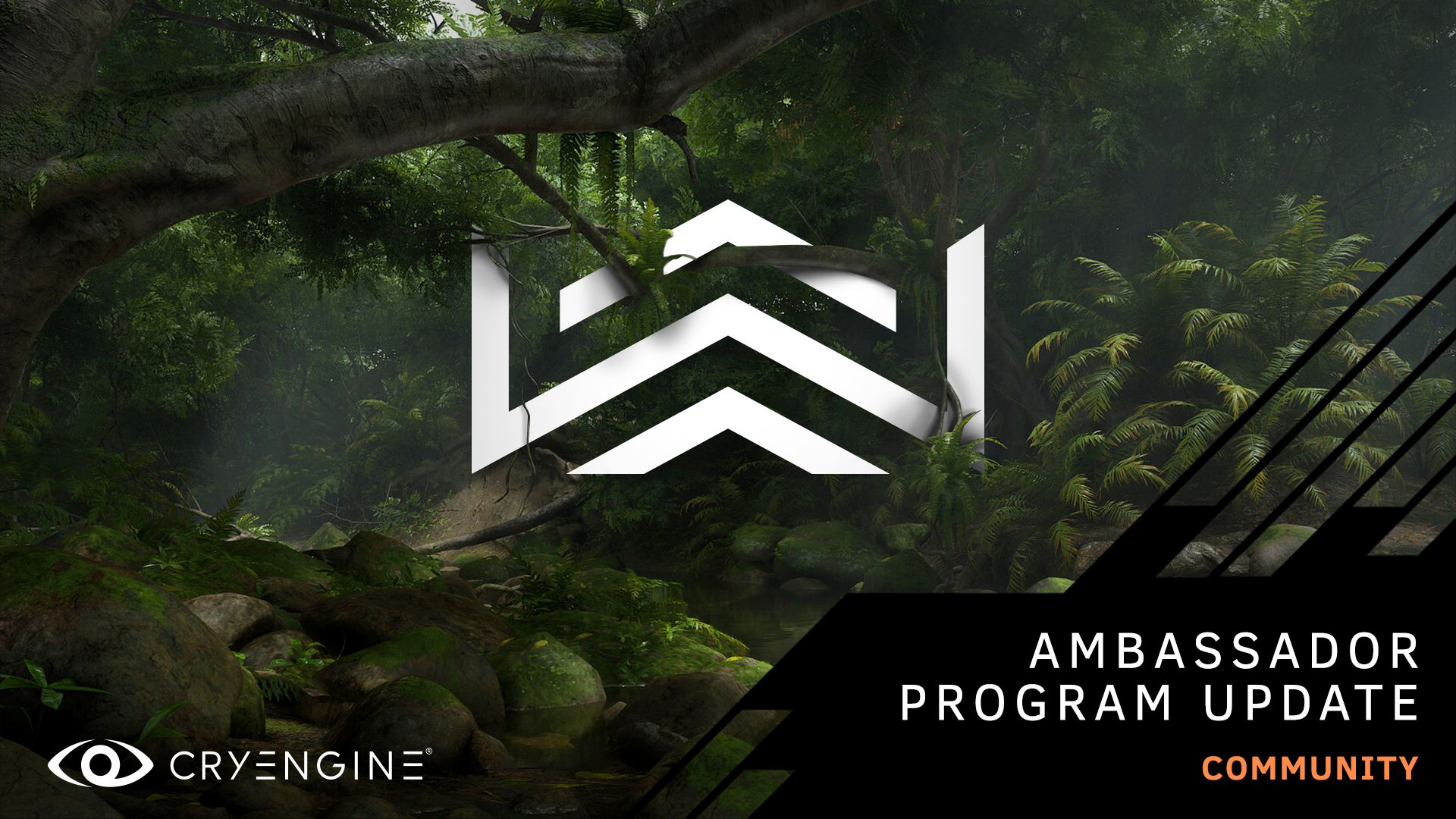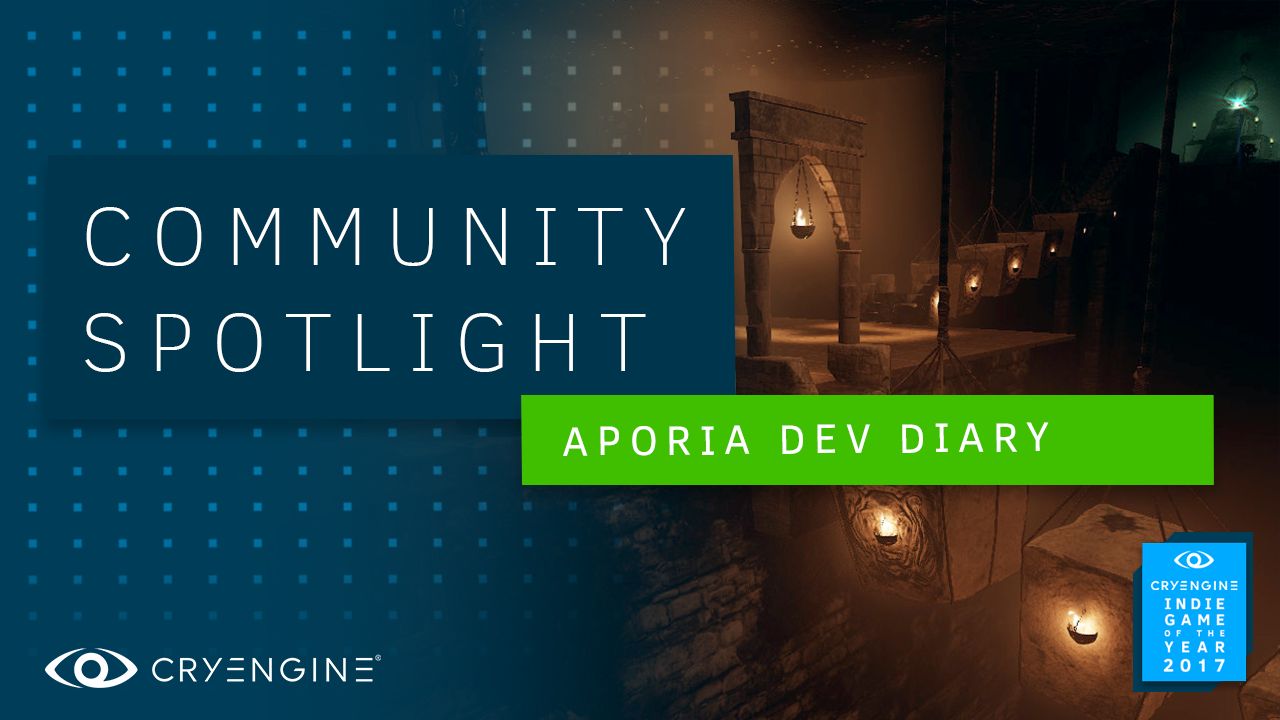
Aporia: Beyond the Valley - One Year Anniversary Dev Diary
It’s been a year since adventure puzzle game Aporia: Beyond the Valley came out, earning critical acclaim and going on to scoop the coveted CRYENGINE Indie Game of 2017. Today we’re catching up with Creative Director Sebastian Hurup Bevensee to look back at the development of the game and share lessons learned from that process.

Hi Sebastian! Let’s start at the beginning. Why did you choose CRYENGINE for Aporia: Beyond the Valley?
Sebastian: CRYENGINE is unparalleled when it comes to ease of use. Compared to other game engines, it is so easy to create something that looks amazing straight out of the box. All the parameters are already available to you, so you have an almost endless amount of tweaks and additions you can fiddle around with for every aspect. Other game engines force you to spend countless hours just so you can adjust even the smallest of details. But what really made a difference for us was how easy programming turned out to be. It makes it possible for people without any programming skills to set up small logic based tasks. Visual programming languages are the future in terms of prototyping and design as it allows everyone to take part in the process of designing and creating a game.

Looking back at the development of Aporia, what design decisions do you think contributed to the success of the game?
Sebastian: We think that we created a new way of telling a story without using text or dialogue. We wanted to design a game where each player could come out of the experience with a different understanding of the underlying story. We have been so thrilled to have read thread after thread from fans in our forum discussing the different narrative branches and side stories. We also believe that the interactions that you perform with the environment feel natural and the world comes out as believable, which is down to the collaborative work between our different art, design, and programming departments. When you pull on a lever in the game, you can actually see the mechanism working, and we think that all adds to the authenticity of the experience.

What advice would you give to developers about the production pipeline?
Sebastian: Plan everything out in minute detail. You can never plan enough. And most importantly of all, always build in contingencies in case your original plan is not going to hold. In terms of a development pipeline for CRYENGINE, we learned from our experience creating Aporia to wait to implement your art style. First, greybox everything out and focus on getting the game running and being fun. Then you can start working on the set dressing. It is incredibly time consuming to alter something from a level design and gameplay perspective that looks and feels finished. By greyboxing you remove the supraliminal and subliminal influences that the visuals impose on the core game mechanics. Stripping the game down to its core is something that works very well on a new project as it puts the focus where it should be with gameplay in the front seat. The constant updates to the .fbx importer really speeds up prototyping and it makes it super fast to whip up a basic model in a 3D program and put it in the game for playtesting.
Speaking of playtesting, it’s critical to conduct continual playtest sessions because after you have worked on something for a long time you lose your objectivity. It’s here that the player really helps keep the design of the game on the right track.

What would you have done differently knowing what you know now?
Sebastian: When we look back at the process of developing Aporia, we really have learned a lot. A major flaw was that we did not think of optimization from the beginning of the project. We went all out on visuals, particles, and so on, with the attitude that we can always optimize at a later stage. Optimization was a much larger task than we expected and we ended up having to recreate a lot of assets and elements of the game structure to accommodate everything. We wanted as many people as possible to experience our game and our approach was maybe not best suited for the task. I think we could have spent more time sitting down and discussing who it is that we want to play the game, and how we can accomplish that goal, instead of forcing it at the end which led to some compromises.

You received some great reviews. Do you have any tips around marketing your game successfully?
Sebastian: Yes, we received some excellent reviews, especially from our users, which we are very grateful for. There is nothing better than knowing that people enjoy the work that you have poured countless of hours into. If we were to give any advice on marketing then it would be to start much earlier than we did. You need to build an audience from the beginning and actively and continuously nurture and build the audience while you are developing the game. We did not put enough focus on keeping people engaged, and we missed out on having more followers because of that. You cannot rely on outside partners to build you a community. Instead, you have to take the reins yourself.
Taking the player on the journey through development is a great way to engage and build your audience. I think we could and should have invited our players into the development of the game and shown them every detail of the development. Marketing is important, and when push comes to shove, you cannot count on people just finding your game by chance.

How important was post-launch support for Aporia?
Sebastian: Straight out of the gate we kept updating the game with extra content to keep people engaged in the world of Aporia. In addition to patches and performance updates, we tried a few different things. For example, we sent out a Halloween update with additional puzzles and rewards. It was our plan to develop a VR version and console version of Aporia, but we were too hooked on our new IP… We would love to keep updating the game, but given the size of our team, it is not viable. We continued to support the game for about half a year after the development had ended, but ultimately you can only sustain support as long as it is economically sound to do so. It is our baby that we created together, but sometimes your baby has to grow up and leave the nest!

You’re offering development services to the CRYENGINE community now. How’s that going?
Sebastian: We have started work on prototyping our next adventure and that means we have extra hands on deck that we are lucky enough to be able to offer to help out on other projects. We are supporting different projects with assets, design, programming, and so forth. We cannot discuss much about whom we are working with because we are under embargos, but I would say that we feel lucky to be a part of their projects. The CRYENGINE community is one of the most creative groups of people that we know and being able to help with projects is a great honor for all of us.

What are you working on next?
I wish we could talk about the next project, but unfortunately I am not allowed to say too much about it. The company undertook a large restructure where we went independent and changed the name of the studio, so we are now known as Invisible Walls. We have been working on our new IP, which is solely owned by us, for roughly six months now and it is shaping up to be an amazing game :)
It is quite the departure from Aporia: Beyond the Valley. Aporia was single-player and our new game is a multiplayer-only experience, which focuses on the trust and cooperation between fellow players. Changing to multiplayer has been a huge undertaking, but every day we wake up and cannot wait to get to work on interesting new solutions. We can’t wait to show everyone more. Hopefully soon :)
Thanks Sebastian!
If you haven’t already played Aporia: Beyond the Valley you can pick it up on Steam right now. We hope you’ve found these insights into their development experience interesting, and if you’re looking for more hints and tips around the dev process check out our in-depth interview with Mavericks developer Automaton, where they looked back at their multiplayer FPS Deceit. We love to hear your feedback and if you have any suggestions or topics you’d like to see us cover, get in touch in the comments below, or on the forums, Discord, Facebook, and Twitter.
- Your CRYENGINE Team



